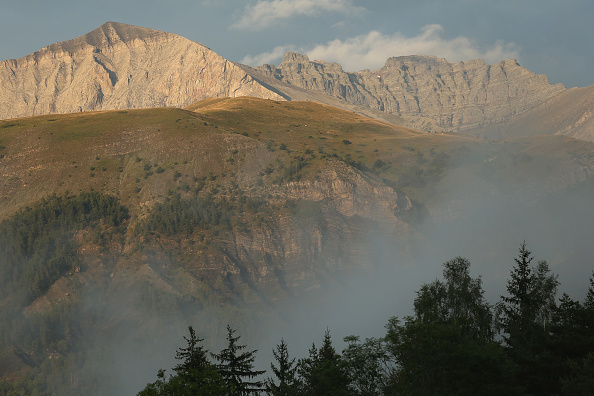
Researchers have just attested the idea that life likely started on Earth as long as 4.1 billion years ago - 300 million years earlier than scientists ever thought. This finding suggests that life did emerge in a short while after the Earth was formed 4.54 billion years ago.
UCLA researchers have acquired evidence from heavy durable minerals - nearly 10,000 zircons formed from molten rocks in Jack Hills, Western Australia. These minerals, which are by far related to the synthetics used in imitating diamonds, are known to have the capability to preserve their immediate environment.
In the press release of UCLA, Elizabeth Bell led a team of researchers who identified 656 zircons containing dark specks, 79 of which were closely studied through Raman spectroscopy - a technique that utilizes light to provide a fingerprint by which molecular and chemical structures can be identified. Interestingly, one of the samples they analyzed contained graphite - a special type of carbon - that can be used for dating materials to know how long they have ever existed.
"The first time that the graphite ever got exposed in the last 4.1 billion years is when Beth Ann and Patrick made the measurements this year," says Mark Harrison, co-author of the research, as he refers to two of his fellow researchers.
He said that the team is very confident about what they have found, and that the graphite inside their zircon really suggests that life have emerged earlier than suggested. The graphite found is older than the zircon containing it, and basing on the ratio of other elements, the zircon can be said to have existed for about 4.1 billion years now.
Daily Mail reports that on Earth, simple life seemed to have formed quickly, but it took many years before a simple life evolved the ability to photosynthesize. The carbon in the specks of graphite found has a characteristic signature - a specific ratio of carbon-12 to carbon-13 - indicating the presence of photosynthetic life.
With this newly found evidence, researchers have supported their claims that early Earth was not dry during its early years. "The planet was probably much more like it is today than previously thought," says Harrison.
